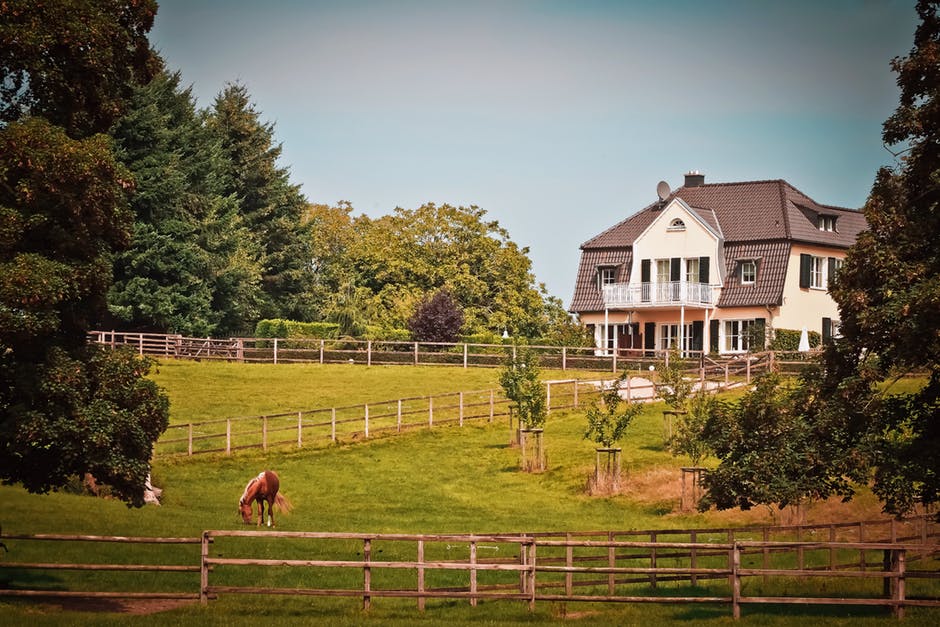You FINALLY own a beautiful horse farm that you have dreamed about since you were a little kid. You have even purchased a few horses to add to those pastures! As spring approaches, now is the time to think about turning pastureland into rotational grazing on your horse farm.
What is Rotational Grazing on a horse farm?
Recommended by Best Management Practice, planned grazing also known as rotational grazing is splitting horse farm pastureland into 2, 3, or 4 areas. This will allow rested pastureland to grow back to grazing height. Splitting horse farm pastureland into rotations will increase productivity. Also prevent overgrazing and soil compaction. Not having adequate grazing areas can cause colic. Colic is when horses eat soil from overgrazing, make sure to avoid this problem. But by rotating horses to fresh pasture land on your horse farm every 2 weeks. This will improve regrowth and prevent overgrazing in areas.

Benefits of Rotational Grazing
By using a rotational grazing method on your horse farm not only will you be preventing illness to your horses. But also promoting fresh foraging continuously for longer periods of time. Saving on feed is an added benefit as well! Grazing areas should be 6 inches of forage but nothing less than 2-3 inches. Having grass less than 2-3 inches can lead to overgrazing. Hoof impaction because of high trafficked areas or even chance to contract colic. But having a rotational grazing can also save on feed costs!
Tips on Rotational Grazing
In you are interested in rotational grazing, below are some tips from Horses for Clean Water to turn pasture land into planned grazing on a horse farm:
- Early spring when soil is wet, plan and set up fencing.
- Wet season you will be able to separate wet areas and dry areas.
- Separate grazing areas by using temporary electric fencing. Allows mobility of your grazing area.
- Grazing areas should be one to two acres to support grazing for 1 mature horse.
- Plan grazing areas that are easily accessible into pasture.
These are just a few tips that can be easily accomplished on your horse farm to venture into the world of rotational grazing. But this system may not work for the operation you are trying to achieve. Every horse is different. For instance horses are social animals, with rotational grazing few horses can be in one area. With young horses they need multiple horses to properly socialize so this may not be appropriate for the young ones.
Every horse owner guards the health of their horses. Constantly worrying about enough grazing areas on their horse farm. By creating planned grazing, horses will have constant fresh forage and pastureland will have time to regrow. For more information on planned grazing, contact local horse ranchers or research articles on internet are helpful.
